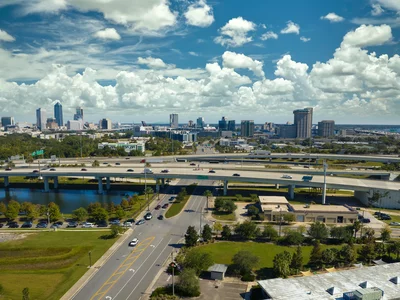
Home prices fell in 11 US states, but the outlook is still positive
The record decline in real estate investment in the United States did affect housing prices. Despite the lack of affordable housing, apartment and house prices in 11 US states have fallen. In which areas housing prices are still rising?
Real estate price growth slowed down. According to CoreLogic, US housing prices rose by 1.4% annually. According to The World property journal, the last time CoreLogic housing price index fell to less than 2%, in early 2012. At the same time, real estate in the north-eastern states and south-eastern areas of the country are getting more expensive.
— After the peak in the spring of 2022, the annual deceleration of housing prices continued in May, said the chief economist of CoreLogic Selma Hepp. — Despite a deceleration in price increases over the previous year, the recent momentum of monthly price increases has continued in response to recent mortgage rates growth.
However, after a cumulative rise in housing prices of almost 4% between February and April 2023, increased mortgage rates and high house prices are putting pressure on potential buyers. This development has slowed down the recent month-to-month rise in housing prices, which has begun to return to a pre-pandemic average with an increase of 0.9% from April to May.
Miami again showed the highest increase in housing prices compared to the previous year among the 20 regions of the country: in May, it was 11.8%. Atlanta and Charlotte, North Carolina, grew by 4.4% on average.
Maine ranked first in annual growth in May (7.2%), followed by New Jersey (7.1%) and Indiana (6.9%).
Eleven states and one district recorded annual declines in housing prices: Idaho (-8%), Washington (-7.5%), Nevada (-5.6%), Montana (-5.3%), Utah (-4.3%), Arizona (-4.2%), California (-3.5%), Oregon (-3%), South Columbia (-3%), California (-3%), California (-3%), Washington (-3. (-0.1%).
According to CoreLogic forecasts, the annual rise in US housing prices will increase to 4.5% by May 2024.

















